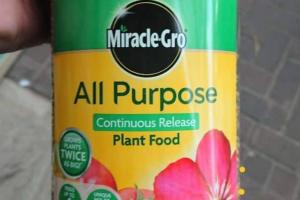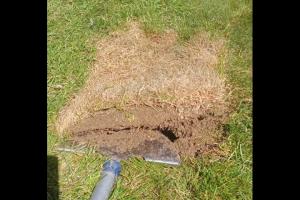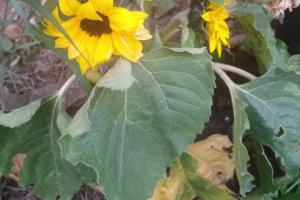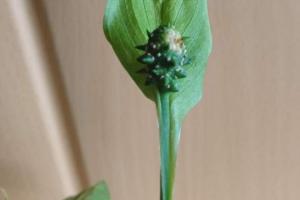The Largest Plantation in Georgia That Captures the Spirit of Southern Belle Elegance
The largest plantation inGeorgiais the Tarver Plantation near Albany. This plantation is still privately owned today. In fact, it wassold a few years ago for several million dollars.
In this article, we’ll have a look at the history of this historical landmark.
Historical Background
Origins and Early Years

The Tarver Plantation is a splendid Greek Revival plantation house that was constructed around 1850. This historical estate was originally 3,700 acres, making it the largest plantation in the state.
On the land, several types of crops were grown, including cotton, peas, corn, oats, sweet potatoes, and beans.
As you might guess, the plantation operated through slavery until the Civil War. At that point, it transitioned to a sharecropping system.
The Civil War Era
During the tumultuous period of the American Civil War, Tarver Plantation assumed a critical role in supporting the Confederate government. It served as a vital source of food and essential supplies, contributing significantly to the Confederacy’s war effort.
Southwest Georgia, where the plantation was located, was often referred to as the “Egypt” and the “Breadbasket” of the Confederacy due to the abundance of agricultural resources provided by estates like Tarver Plantation. In other words, the plantation was a key support in the Confederate war effort.
The Tarver Family’s Role
At the heart of the Plantation were Henry Andrew Tarver and his wife, Elizabeth Solomon Tarver. Henry was born in 1826 in Twiggs County, Georgia. He married Elizabeth in 1850, who was also from Twiggs County. Around the same time, the family constructed the huge plantation house.
Together, they raised ten children between 1850 and 1871.
Post-Civil War Transition
Like many larger landholdings, the Tarver Plantation shifted from a system based on slavery to one of sharecropping after the Civil War. This shift in agricultural labor was indicative of the larger social and legal changes at the time. However, the sharecropping system allowed the plantation to continue functioning.
Briefly, Henry Tarver served in the Georgia House of Representatives during this time.
Ownership Changes and Restoration
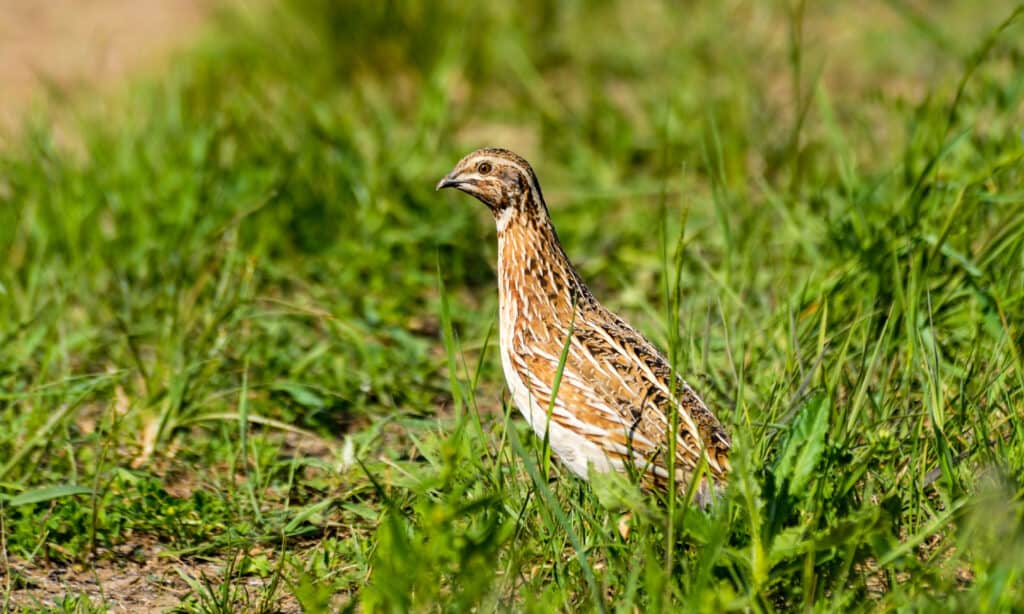
The mid-20th century marked a change in ownership and purpose for this plantation. In the 1940s, Russell A Alger Jr from Chicago purchased the property and turned it into a hunting preserve for quail.
He also restored the main house, which had fallen into disrepair. Architect Edward Vason Jones led this charge and preserved the plantation’s Greek Revival character, though he made some adjustments and additions.
More Ownership Changes
In 1947, only a few years after the restoration, the plantation was purchased by Mr. and Mrs. Don Hunter of Cleveland, Ohio. They renamed the estate “Tarva” to align with the southern pronunciation of the Tarver family name.
Restoration efforts were continued, but the property stayed privately owned. Upon the passing of Mrs. Hunter, the property was inherited by Miss Barbara Hunter.
Property Description
This estate sits on mostly flat terrain with several swamps and ponds throughout. You can access various parts of the estate thanks to a road that runs on the property. The primary focus of the estate is the main plantation house, around which all the other structures were placed.
Today, many of the extra outbuildings, like the slave’s quarters, no longer exist.
The Greek Revival House
The centerpiece of this plantation is the Tarver Plantation, which is a one-story, wood-framed plantation house. It was built in the Greek Revival architectural style.
This architectural gem boasts a symmetrical main block with front and side porticoes, supported by square wooden posts. The exterior of the house is predominantly weatherboarded, and its hipped roof extends over the front facade, forming a full-width portico.
Inside, the house features a cross-hallway floor plan, which was unique among the houses of the time. The wide central hallway is arranged in the shape of a Greek cross (a very unique feature, I might say).
The interior retains original details, including door and window moldings, mantels, and pine flooring.
Service Buildings and Surroundings
Tarver Plantation’s grounds also have many different service buildings. Each has a specific purpose, though many were converted over the years. Many of the historical buildings are no longer there.
Among the buildings still there are a guest cottage, a pool house, and a tennis court. There is also an office (that sometimes works as a guest house), horse barn, and tenant house. Most of these were constructed during the remodel in the 1940s.
There are also fenced dog kennels in the area.
Slave Cemetery
There is also a historical slave cemetery on the property that has been kept intact. Sadly, only one labeled grave has survived, but the area around the tombstone is thought to have several other slaves around. There many even be more slaves buried at other locations, since this is the largest plantation in Georgia.



